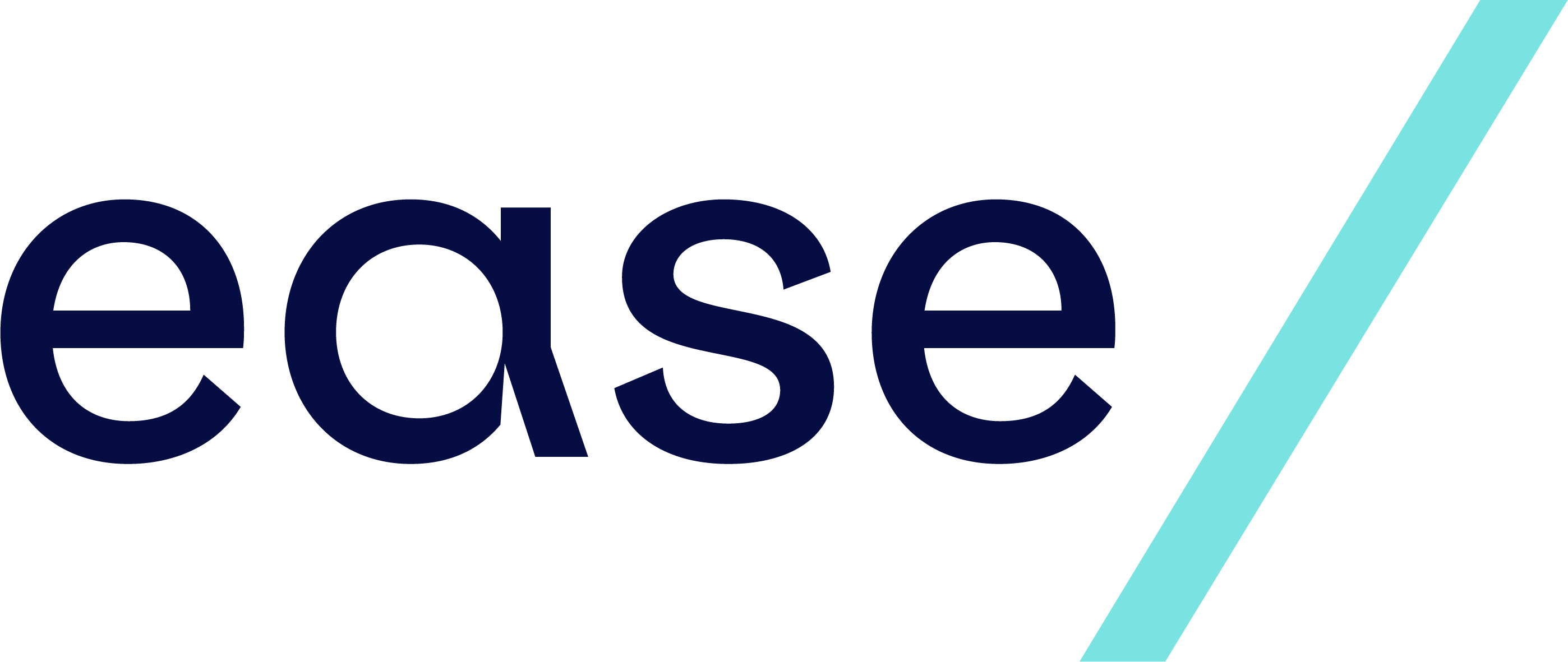





Volume: 26 Issue: 4 - 2023
| EDITORIAL | |
| 1. | Lived experience in research and publishing Deniz Ceylan doi: 10.5505/kpd.2023.43778 Pages 235 - 237 Abstract | |
| RESEARCH ARTICLE | |
| 2. | Investigation of the effects of antidepressant treatment on hippocampus and hypothalamus endoplasmic reticulum stress in chronic mild stress induced depression in rats Mustafa Karaağaç, Mehmet Ak, Ercan Kurar, Faruk Uguz, Selim Kutlu doi: 10.5505/kpd.2023.43410 Pages 238 - 247 INTRODUCTION: This study aimed to examine the role of endoplasmic reticulum (ER) stress in the pathophysiology of depression in female rats exposed to the chronic mild stress model. METHODS: Chronic mild stress model was constituted in 48 female adult rats were and divided into 4 groups as control, depression, depression+1 mg/kg sertraline, and depression+10 mg/kg sertraline. Subcutaneous drug infusions were performed for 14 days using osmotic minipumps. Expression levels of genes in ER stress pathway were evalulated in hypothalamus and hippocampus tissues of rats. RESULTS: It was found that ATF4 gene expression increased in depression in the hippocampus and decreased with treatment. Hippocampal GRP78 gene expression was downregulated after treatment. Hypothalamic and hippocampal CALR gene expression decreased with treatment, hypothalamic HSP47 gene expression decreased in both treatment groups. Hypothalamic and hippocampal XPB1 gene expression decreased with treatment, hippocampal XPB1 gene expression was further downregulated in the depression +10 mg/kg sertraline group compared to the depression+1 mg/kg sertraline group. DISCUSSION AND CONCLUSION: These findings show that the ER stress mechanism may have a role in the pathophysiology of depression and that this mechanism can be reversed with treatment. The results of our study have been encouraging for human studies and open the way for new projects to understand and accelerate the antidepressant effect. |
| 3. | A study on the relation of attention deficit/hyperactivity disorder symptoms with obesity in women with polycystic ovary syndrome Hüda Murat Soyak, Gökhan Açmaz doi: 10.5505/kpd.2023.73603 Pages 248 - 253 INTRODUCTION: Attention deficit hyperactivity disorder (ADHD) is an important neurodevelopmental psychiatric disorder with childhood onset and continues into adulthood. Studies suggest that androgens and obesity are involved in the etiology of ADHD. Polycystic ovary syndrome (PCOS) is a common endocrine disorder characterized by hyperandrogenemia. The goal of this study is to investigate ADHD symptoms and the relation of with obesity in women with PCOS. METHODS: One hundred twenty five PCOS patients with biochemical hyperandrogenemia were recruited for the study group. For comparison, 125 healthy women were included the study. Current and childhood ADHD symptoms were assessed by using the Adult ADHD Self-Report Scale (ASRS) and Wender-Utah Rating Scale (WURS) and impulsivity was assesed by using the Barrat Impulsivity Scale (BIS). RESULTS: There were no significant difference between the groups in terms of sociodemographic characteristics, but Body Mass Index (BMI) was significantly higher in the PCOS group than the control group. Women with PCOS had significantly higher total current (ASRS) and total childhood (WURS) ADHD scores than controls. Inattention score of ASRS and hyperactivity-Impulsivity score of ASRS were higher in PCOS group. Women with PCOS had significantly higher total impulsivity (BIS) scores than controls. Attention impulsivity score of BIS, motor impulsivity score of BIS and Non-planning impulsivity score of BIS were higher in PCOS group. A positive correlation was found between BMI and all scale scores in both PCOS and control groups. DISCUSSION AND CONCLUSION: The results of the study show that women with PCOS have higher current and childhood ADHD symptoms and impulsivity. Also, high serum androgen levels and obesity in the PCOS and control group are associated with both adult ADHD symptoms and impulsivity. Further studies are needed to confirm our findings. We suggest that not only gynecologist but also a multidisciplinary team should examine these patients. |
| 4. | Frequency and predictors of premenstrual dysphoric disorder and its association with affective temperaments Irem Ekmekçi Ertek, Mehmet Ünler, Aysegul Yay Pençe, Aycan Kayalar doi: 10.5505/kpd.2023.87049 Pages 254 - 263 INTRODUCTION: Premenstrual Dysphoric Disorder is a clinically important condition that affects a significant proportion of women and causes deterioration of quality of life. In this study, it was aimed to evaluate the frequency of premenstrual dysphoric disorder and its relationship with demographic and clinical variables and affective temperaments. METHODS: An online survey form including sociodemographic data, Premenstrual Symptoms Screening Tool, and Temperament Evaluation of Memphis, Pisa, Paris, and San Diego Auto-questionnaire was applied to 408 healthy women participants. RESULTS: The frequency of premenstrual dysphoric disorder and moderate to severe premenstrual syndrome were 13.2%, and 14.5%, respectively. The presence of lifetime psychiatric diagnosis, positive family history of psychiatric illness, suicide attempts, and anxious temperament were significantly higher in the premenstrual dysphoric disorder group. Cyclothymic and anxious temperaments had a positive predictive effect on the Premenstrual Symptoms Screening Tool Section A scores. DISCUSSION AND CONCLUSION: Our findings show a possible relationship between anxious and cyclothymic temperament traits and premenstrual dysphoric disorder symptom severity. Premenstrual symptoms may be more severe in women with cyclothymic and anxious temperament features. However, large-scale studies in which the diagnosis of the premenstrual dysphoric disorder is determined by clinical interview are needed for this judgment. |
| 5. | The frequency of regular participation in the community mental health center program of patients with the diagnosis of psychotic disorders and evaluation of related factors Ceyda Sardoğan, Bülent Kadri Gültekin doi: 10.5505/kpd.2023.31644 Pages 264 - 271 INTRODUCTION: This study was conducted to examine the frequency of regular participation in the Community Mental Health Center (CMHC) program of patients with the diagnosis of psychotic disorders and to evaluate related all factors. METHODS: The cross-sectional study included 105 patients, diagnosing with schizophrenia and other psychotic disorders according to the DSM-5, who were registered at the CMHC in İstanbul. Inventory tools included a Socio-demographic Information Form, A Questionnaire on Clinical Characteristics of Patients Registered to the CMHC and their Opinions on CMHC, Medication Adherence Rating Scale (MARS), Internalized Stigma in Mental Illness (ISMI), Turkish Version of the World Health Organization Quality of Life (WHOQOL-BREF TR) and the Clinical Global Impression Scale (CGI). RESULTS: The frequency of regular participation in the CMHC program was found to be 13.8%. Three quarters of the patients with regular participation in the CMHC program were males and the patients with social insurance had a higher frequency of regular participation (p<0.05). Those having regular participation had a history of illness for more than 17.5 years and history of hospitalization (p<0.05). Regular participation in the CMHC program was also associated with a higher family support (p<0.05). Most affecting factors that encouraged the patients to visit the CMHC ranked in the following order: friendly relations of CMHC employees (100%), easy access to the counselor (95%), peaceful CMHC environment (92.5%), and easy access to a psychiatrist (92.5%). DISCUSSION AND CONCLUSION: In this context, attempts to increase the participation of patients in CMHC programs should consider the factors that improve regular participation. |
| 6. | Cognitive profiles of children with attention deficit hyperactivity disorder: Differences between those with and without comorbid psychiatric diagnoses Herdem Aslan Genç, Romina Markaroğlu, Serra Muradoğlu, Işıl Necef, Tuba Mutluer doi: 10.5505/kpd.2023.92255 Pages 272 - 281 INTRODUCTION: The Wechsler Intelligence Scale for Children – Fourth Edition (WISC-IV) is widely used to measure cognitive abilities of children with attention-deficit/hyperactivity disorder (ADHD). In this study, we aimed to investigate whether the cognitive profiles of children with ADHD and comorbid psychiatric disorders differ from those of children with a diagnosis of ADHD only. Specifically, the study aimed to examine whether the processing speed index (PSI) scores differed between the two groups. METHODS: The participants were 245 children aged between 6 and 17 years old, who had been diagnosed with ADHD and completed the WISC-IV test. The participants were divided into two groups, one with a psychiatric comorbidity (n=52) and one without (n=193). The two groups were compared regarding age, sex, WISC-IV full scale IQ, and subtest scores which were retrospectively collected from medical records. RESULTS: The results showed that the mean age of the comorbidity group (11.56 + 3.25) was higher than the group without comorbidities (10.08 + 2,78, p=0.004). Furthermore, the group with comorbidities had lower PSI scores (81.69 + 21.518) compared to the group without comorbidities (89.88 + 19.105, p=0.008). DISCUSSION AND CONCLUSION: The results support the hypothesis that the cognitive profiles of children with ADHD and comorbid psychiatric disorders differ from those of children with ADHD only. These findings provide important insights for the assessment and diagnosis of ADHD, as well as the role of cognitive assessments in identifying potential comorbidities in children with ADHD. |
| 7. | Decision-making under ambiguity in patients with social anxiety disorder Hasan Demirci, Efruz Pirdoğan Aydın, Bekir Alp Kamazoğlu, Ömer Akil Özer doi: 10.5505/kpd.2023.82713 Pages 282 - 292 INTRODUCTION: The study aimed to compare the decision-making functions of patients with social anxiety disorder (SAD) under ambiguity with healthy controls METHODS: Seventy-nine patients with SAD (47 with generalized subtype, and 32 with nongeneralized subtype) were included in the study. The healthy control group consisted of 72 individuals who were matched with the patient group in terms of age, sex, and education. Sociodemographic Data Form, Beck Depression Inventory (BDI), State-Trait Anxiety Inventory (STAI), Liebowitz Social Anxiety Scale (LSAS), Barratt Impulsiveness Scale-Short Form (BIS-15), and Iowa Gambling Test (IGT) were administered to all participants RESULTS: The decision-making performance of patients with SAD was similar to healthy control group. In SAD subtypes, the generalized type performed poorly in the IGT compared with the nongeneralized subtype type. Participants with nongeneralized subtype increased their performance by choosing more advantageous decks after the first 20 card selections and showed a learning effect. Those with generalized type showed a learning effect only in block 5 and continued to choose from disadvantageous cards in the other blocks DISCUSSION AND CONCLUSION: Patients with SAD preferred advantageous decks like healthy control group and learned to avoid disadvantageous decks. The decision-making performance of the generalized type was impaired. The generalized subtype made choices that won in the short run but lost in the long run and did not benefit from feedback. We believe that this separation in decision-making processes among SAD subtypes will contribute to a better understanding of the types. |
| 8. | Assessment of suicide risk among newly diagnosed cancer patients Osman Hasan Tahsin Kilic, İhsan Aksoy, Umut Varol, Murat Anil, Ahmet Alacacioglu, Afra Sevde Çetin doi: 10.5505/kpd.2023.48902 Pages 293 - 299 INTRODUCTION: We aimed to assess clinical (type, grade, symptom, quality of life), demographical, and psychological (social support, anxiety, and depression) risk factors of suicidality among newly diagnosed cancer patients in Turkey. METHODS: 122 cancer patients within their first month of diagnosis were enrolled in the study. Sociodemographic Form, Suicide Probability Scale (SPS), Multidimensional Scale of Perceived Social Support (MSPSS), European Organization for Research and Treatment (EORTC) quality of life questionnaire (QLQ-C30), Edmonton Symptom Assessment System (ESAS), and Hospital Anxiety and Depression Scale (HADS) were given to the patients. RESULTS: There were no relationships between SPS scores and age, gender, having metastatic cancer, being religious, marital status, having health insurance or employment. The EORTC QLQ-C30 cognitive function (p= 0.003, r= -0.267) and emotional function (p= 0.006, r= -0.249) and social function (p= 0.019, r= -0.212) were found to be negatively and weakly correlated with SPS. Among ESAS variables, only severe insomnia was significantly correlated with high SPS scores (p= 0.012). There were no statistical significance between SPS scores and having anxiety (p=0.110) or depression (p=0.591). There was no statistically significant relationship between SPS and MSPSS scores. DISCUSSION AND CONCLUSION: There have been no study published in the literature that assesses the correlation between suicide risk and a variety of clinical and sociodemographic characteristics among Turkish cancer patients who have just received a diagnosis. According to our results, special attention must be given to cancer patients with severe insomnia and poorer cognitive, emotional, and social functioning. |
| 9. | Evaluation of dynamic thiol/disulfide balance and oxidative metabolism in obsessive compulsive disorder patients Ömer Furkan Yılmaz, Fatma Kartal, Şükrü Kartalcı doi: 10.5505/kpd.2023.98853 Pages 300 - 308 INTRODUCTION: We aimed to analyze Total Oxidant Status (TOS), Total Antioxidant Status (TAS), Oxidative Stress Index (OSI) are determined in plasma and erythrocyte and thiol/disulfide and malondialdehyde (MDA) levels are determined in the plasma and erythrocyte of OCD patients and healthy controls. METHODS: Our study was conducted with 47 obsessive compulsive disorder patients and 49 healthy controls. All participants completed the sociodemographic data form, clinical global follow-up scale, and Yale Brown obsession-compulsion scale. Total Antioxidant Status (TAS), Total Oxidant Status (TOS) are determined in the plasma and erythrocyte, and malondialdehyde (MDA) and thiol/disulfide levels are determined in plasma. RESULTS: The comparison of the patient and control group plasma TAS, TOS, OSI and MDA levels revealed no statistically significant difference between these parameters. However, erythrocyte TAS was lower in the patient group (p<0.05) and erythrocyte OSI was higher (p<0.05) when compared to healthy controls. While there was no difference between patient and control group plasma total thiol levels, plasma-native thiol levels were significantly higher in the patient group (p<0.001). Plasma disulfide levels were significantly lower in the patient group (p<0.05). DISCUSSION AND CONCLUSION: The analysis of various oxidation marker findings in plasma and erythrocyte revealed that the differences between oxidative stress parameters could have started in the erythrocyte. The elevation in plasma native thiol levels in patients with OCD patients suggested an adaptive mechanism that compensated for the low erythrocyte antioxidant capacity. |
| REVIEW | |
| 10. | Earthquake and mental health of healthcare workers: A systematic review Şeyma Sehlikoğlu, Imran Gökçen Yilmaz Karaman, Cennet Yastıbaş Kaçar, Mustafa Emin Canakci doi: 10.5505/kpd.2023.70845 Pages 309 - 318 This systematic review aims to examine the psychological effects of earthquakes on healthcare workers and the related variables influencing these psychological effects. This study includes 11 research articles that assessed the psychological effects of earthquakes on healthcare workers by categorizing them under various mental health outcomes. Through keyword searches in databases, it was observed that healthcare workers experienced posttraumatic stress disorder, burnout, depression, stress, and decline in quality of life. Factors affecting the mental health of healthcare workers after earthquakes include gender, professional and earthquake-related factors, personality traits, social support, coping strategies, psychological resilience, and meeting personal needs. The review study provides important clues for interventions that could reduce negative mental health effects on healthcare workers following earthquakes. |










